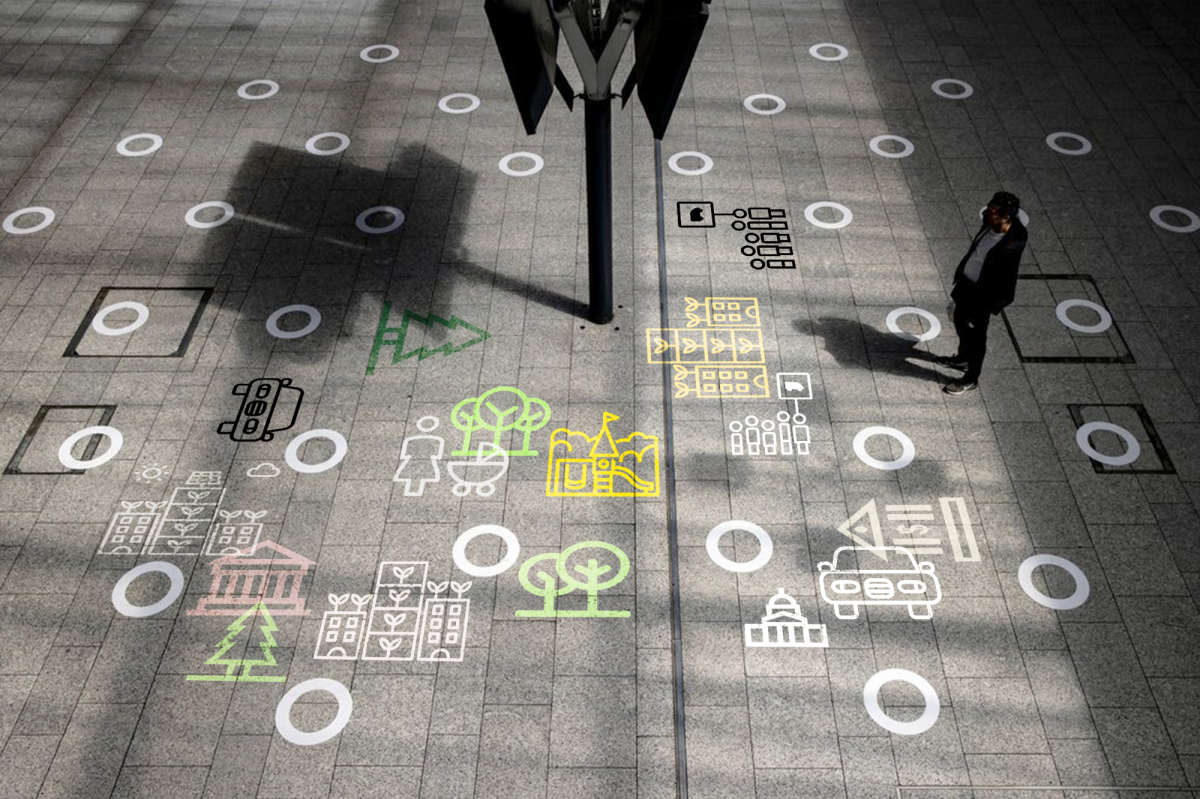A Visual Assembly is a democratic form of creative collaboration – used to reimagine and visualise new ways in which to organise the city or the social systems as a whole.
Visual Assembly is using artistic tools, but this is not an art project. Mainly it is about changing social order and being used by the people who want to do it.
This project was born just a few months ago and we continue to discuss it. Please, leave join us!
This is a FAQ. Please, ask your questions (or send your version of the answers).
Tayssir John Gabbour: Ok now I have time alone to think. Embarassingly, I feel confused. And maybe should admit my confusion, in case there’s another clueless schmoe like me. 🙂
Nika: We are all in the same boat: this is an experiment and collective project.
Tayssir John Gabbour:I believe the output is stencils, conducive to re-imagining The Hospital.
Nika: I would say that the output would be the creation of a public debate about how to rearrange our social spaces (in this case, the Health Care system).
Tayssir John Gabbour: We seem to have these roles?
- designers
- stencilers
- audience
- (possibly) police who’ll try to eject stencilers
Nika: I think the roles are (let’s compare them with the traditional roles of the participants of the art-project:
1) Participants of a Visual Assembly (replacing the traditional role of “the Artist”). They have all the power and making all decisions.
- the theme of the Assembly
- which stencils to use
- do we need to use anything else (costumes, banners, games and other art-related interventions)?
- what would be the place, what kind of people get involved and so on
2) Facilitators: artists/technicians executing instructions of members of the Visual Assembly and Facilitator(s) who help Participants of a Visual Assembly to come to the consensus to make decisions necessary to create a public statement/art project.
3) Audience is the public (everybody, people who see it on social media, TV and blogs). We want the public to be significant. For example, If we want to achieve a change in the healthcare system, our task is to involve as diverse and as wide-ranging public in the discussion as possible.
Tayssir John Gabbour: Why are we so focused on process? (“Step 2 would… require a decision-making process, strong facilitation…”) Who will use this process: the Designers, the Audience, or both?
Nika: Since the main creators of the Visual Assembly are participants who gather online, it would be necessary to come to a series of collective decisions. An organization of collective democratic discussions is a complex process. We want to explore it.
Tayssir John Gabbour:Will some of our stencils have text, explaining things? Or is text a handwritten-only thing? Will we stencil this project’s URL, to help people replicate it?
Nika: I would suggest making several important stencils with the texts: the theme of the assembly, the main slogans that participants would like to convey to the audience. For example: “Imagine: medicine for profit only! Would you like it?” or “Care, security, freedom!” But the main texts could be written by hand in special bubbles, as we did with David in the first “City of Care” Assembly so that during it participants could come up with the rules and slogans. They need to build a public art project space. Text is a great tool for it in case the subject of the discussion is complex.
Why do I think that V-A could be useful?
1) The democratization of language.
The visual language is more democratic than text alone, especially if it consists of infographics and pre-prepared stencils.
Personally, like any migrant who uses English as their primary language of communication, I feel some discomfort. If we want a radical inclusion, then it may be the right direction to go.
2) Low cost in project implementation.
There is no need (yet) to obtain permission to participate in online assemblies. We can gather in large groups at any time we want. Stencils can be used by anyone – no artistic skills are required (they’re open source, you can just download them from our website), the collection can be updated depending on the topic – it is cheap and easy to scale. Space for this public art project is easy to get, especially if you use chalk.
3) For me, personally, as an artist, the question of usefulness and ethics of work is crucial. In the case of Visual Assembly, the place of the artist is defined as to be a facilitator. The task of the artists is to implement the decisions that people would make during the assembly.
